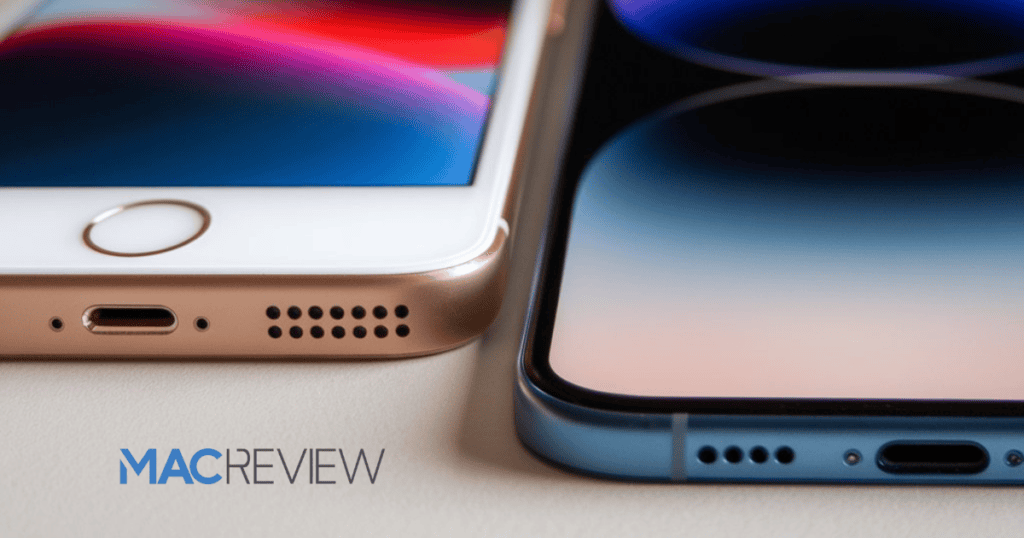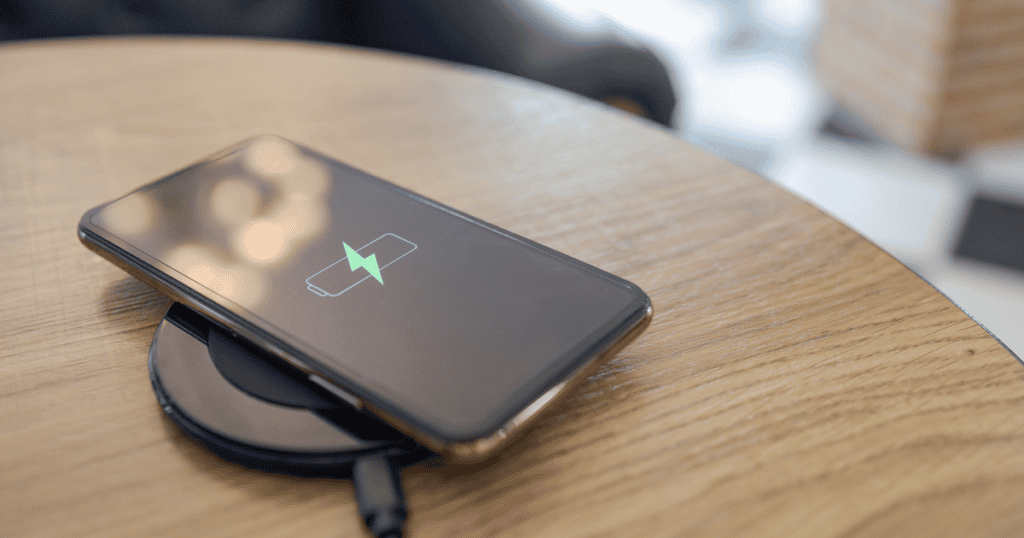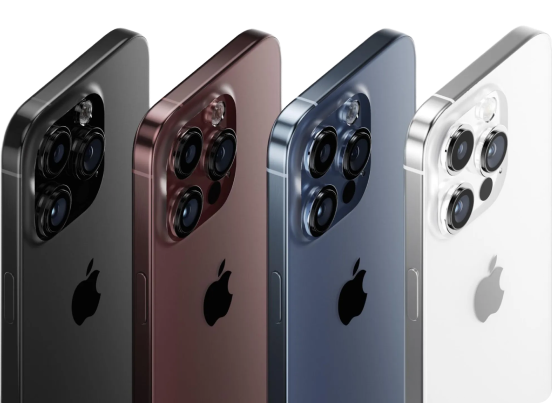As Apple phases out the iPhone SE and iPhone 14 in the EU, you’re likely considering what this shift to USB-C means for your devices. The move aligns with new regulations aimed at reducing electronic waste, but it also raises questions about compatibility with existing accessories. While some consumers may appreciate the standardization, others might feel uneasy about losing the Lightning port they’ve relied on. What does this mean for Apple’s future offerings, and how will it impact your experience as a user in an evolving tech landscape?
Overview of Apple’s Decision
Apple’s decision to phase out the iPhone SE and iPhone 14 in the EU is a direct response to new regulations mandating USB-C ports by the end of 2024. This move reflects a growing commitment to sustainability and reducing electronic waste, aligning with the EU’s goal of standardizing charging solutions.
By discontinuing these models, Apple ensures compliance with the regulations while encouraging a shift towards more universal charging options. Authorized resellers can still sell remaining inventory of the iPhone SE and iPhone 14 until it runs out, but no new shipments of these non-compliant devices will occur.
This decision to discontinue models occurs nearly nine months earlier than typical product lifecycle expectations, highlighting the urgency of adapting to regulatory demands.
Looking ahead, Apple’s forthcoming fourth-generation iPhone SE, expected in spring 2025, will feature a USB-C charging port. This significant shift in device connectivity strategy not only meets EU requirements but also simplifies user experiences by reducing the variety of chargers needed.
As the smartphone market adapts to these regulations, you can expect more innovation and sustainability from manufacturers in the years to come.
Reasons for Phasing Out Models
The decision to phase out the iPhone SE and iPhone 14 in the EU stems from new legislation that mandates USB-C charging ports for all electronic devices by the end of 2024. This regulatory change renders the Lightning port, which has been in use since 2012, outdated.
By phasing out these models, Apple aligns with the need to comply with these regulations while also simplifying consumer experiences. Instead of retrofitting existing models with USB-C ports, Apple is opting for a smoother transition.
This strategy allows them to introduce newer designs, like the anticipated fourth-generation iPhone SE and iPhone 17 series, that will feature USB-C ports. This move not only aligns with legal requirements but also reflects broader market trends toward universal charging solutions.
Moreover, transitioning to USB-C aims to reduce electronic waste significantly, as standardized charging ports encourage compatibility across devices. By phasing out the iPhone SE and iPhone 14, Apple is making a proactive choice that adheres to regulations while promoting sustainability and innovation in the smartphone market.
As a consumer, you’ll benefit from a more streamlined charging experience amidst these changes.
Impact of USB-C Transition
As the EU pushes forward with its USB-C transition, smartphone users can look forward to a more unified charging experience. By mandating the standardization of charging ports across all smartphones, effective December 28, 2024, the EU regulations aim to reduce electronic waste significantly.
Apple’s decision to discontinue models with the Lightning port aligns perfectly with this shift, ensuring compliance while enhancing convenience for users like you.
This USB-C transition not only simplifies how you charge your devices but also promotes compatibility across various gadgets. Instead of juggling multiple cables, you’ll be able to use a single charging solution, making your life easier and more organized.
Major manufacturers are adapting to this regulatory change, reflecting broader industry trends toward universal standards.
Moreover, this transition signals a substantial evolution in device connectivity. You can expect potential enhancements in performance and functionality in future products utilizing USB-C technology.
Consumer Reactions and Concerns
Consumer reactions to the phasing out of Lightning-equipped iPhone models in the EU reflect a blend of enthusiasm and frustration.
While many users are eager to embrace the transition to USB-C for its promise of greater compatibility with other devices, others worry about losing access to their existing accessories. The discontinuation of Lightning models triggers disappointment, especially among those who invested in various accessories that won’t work with USB-C.
Moreover, concerns arise about how the transition will affect elderly consumers, who might struggle to adapt to this new technology.
Social media discussions reveal a shared interest in understanding how changing to USB-C will impact user experience and device compatibility moving forward. Retailers may also face challenges managing inventory as older Lightning models are phased out, potentially leading to confusion among shoppers.
User feedback emphasizes a desire for clearer communication from manufacturers about the implications of this transition.
As the industry shifts, you might find it helpful to stay informed on how these changes will affect your current devices and accessories, ensuring a smoother transition to USB-C technology.
Future of Iphone SE and 14
Apple’s upcoming iPhone SE is set to make waves in the smartphone market with its launch in spring 2025, boasting a design reminiscent of the iPhone 14 and a shift to USB-C charging.
This new iPhone SE aims to cater to budget-conscious consumers while complying with the EU regulations mandating USB-C ports by the end of 2024.
The discontinuation of the iPhone 14 and 14 Plus in the EU marks a significant shift in Apple’s product strategy, as these models will no longer be available after December 28, 2024.
This move aligns with the broader industry trend towards standardization, making it easier for consumers to use and charge their devices with one universal cable.
The anticipated iPhone SE won’t only feature USB-C charging but also include upgraded camera technology and an in-house 5G modem, enhancing performance and connectivity.
As Apple phases out older models, the introduction of the new iPhone SE signals a commitment to innovation while addressing consumer needs and regulatory requirements.
The future looks promising for the iPhone SE, aligning with sustainability goals and simplifying user experiences in an evolving market.
Apple’s History With Charging Ports
Throughout its history, Apple has made notable shifts in charging ports that reflect both technological advancements and changing consumer needs. You might remember the 30-pin connector, which Apple introduced in 2003 as the standard for its devices. This port served its purpose until 2012 when Apple transitioned to the Lightning port.
The Lightning port was smaller, reversible, and designed for easier connectivity, making it a significant improvement over its predecessor. However, since its debut, the Lightning port has been exclusive to Apple devices, limiting compatibility with non-Apple products.
Now, with the increasing push for standardization, the upcoming shift to USB-C is driven largely by regulatory changes, especially in the EU. This transition aims to promote universal charging solutions across all electronic devices, reducing electronic waste and enhancing compatibility.
Apple’s history with charging ports illustrates a strategic response to evolving consumer needs and technological advancements. While many users have appreciated the innovation, there’s been mixed feedback regarding compatibility with existing accessories.
As Apple phases out older models, this shift to USB-C highlights the company’s adaptability in a rapidly changing market.
Implications for Global Markets
The impending shift to USB-C ports in the EU heralds significant implications for global markets, as manufacturers scramble to adapt to the new regulations. By December 28, 2024, all smartphones, including the iPhone SE, must comply with EU regulation mandating USB-C ports. This standardization promotes universal charging solutions, which can simplify user experiences and reduce electronic waste.
As Apple phases out its Lightning port devices, competitors with USB-C offerings may seize market advantages by appealing to consumers seeking compatibility and convenience. This shift could influence purchasing behaviors, as customers increasingly prefer devices that align with universal charging standards.
Additionally, the discontinuation of non-compliant devices in the EU may lead to price adjustments for Apple products in non-EU markets, reflecting compliance costs and shifts in consumer demand.
The regulatory environment surrounding charging standards in the EU might also inspire other regions to adopt similar policies, further accelerating the global shift toward USB-C technology. As a result, manufacturers worldwide will need to innovate and adapt their product lines to thrive in this evolving landscape, ultimately reshaping the dynamics of global markets.
Conclusion
In conclusion, Apple’s shift to USB-C in the EU marks a significant change for iPhone users. While you might appreciate the standardization and potential reduction in electronic waste, the phase-out of the iPhone SE and 14 raises concerns about compatibility with your existing Lightning accessories. As Apple prepares for the fourth-gen iPhone SE in 2025, it’s essential to weigh the benefits of this transition against the potential inconveniences it may bring to your everyday tech experience.




